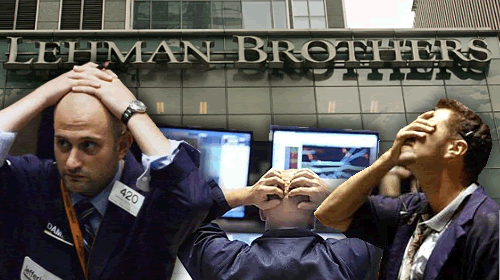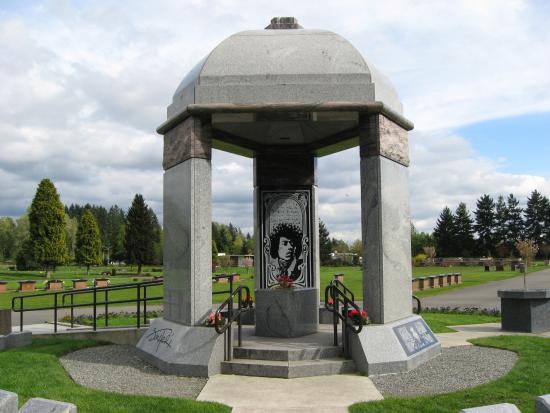lokie
Well-Known Member

"that our flag was still there"
On September 14, 1814, Francis Scott Key pens a poem which is later set to music and in 1931 becomes America’s national anthem, “The Star-Spangled Banner.” The poem, originally titled “The Defence of Fort McHenry,” was written after Key witnessed the Maryland fort being bombarded by the British during the War of 1812. Key was inspired by the sight of a lone U.S. flag still flying over Fort McHenry at daybreak, as reflected in the now-famous words of the “Star-Spangled Banner”: “And the rocket’s red glare, the bombs bursting in air, Gave proof through the night that our flag was still there.”
Francis Scott Key was born on August 1, 1779, at Terra Rubra, his family’s estate in Frederick County (now Carroll County), Maryland. He became a successful lawyer in Maryland and Washington, D.C., and was later appointed U.S. attorney for the District of Columbia.
On June 18, 1812, America declared war on Great Britain after a series of trade disagreements. In August 1814, British troops invaded Washington, D.C., and burned the White House, Capitol Building and Library of Congress. Their next target was Baltimore.
After one of Key’s friends, Dr. William Beanes, was taken prisoner by the British, Key went to Baltimore, located the ship where Beanes was being held and negotiated his release. However, Key and Beanes weren’t allowed to leave until after the British bombardment of Fort McHenry. Key watched the bombing campaign unfold from aboard a ship located about eight miles away. After a day, the British were unable to destroy the fort and gave up. Key was relieved to see the American flag still flying over Fort McHenry and quickly penned a few lines in tribute to what he had witnessed.
The poem was printed in newspapers and eventually set to the music of a popular English drinking tune called “To Anacreon in Heaven” by composer John Stafford Smith. People began referring to the song as “The Star-Spangled Banner” and in 1916 President Woodrow Wilson announced that it should be played at all official events. It was adopted as the national anthem on March 3, 1931. Francis Scott Key died of pleurisy on January 11, 1843
++++++++++++++++++++++++++++++++++++++++++++++++++++++++++++++++++++++++++++++++

During the War of 1812, the people of Baltimore were certain that the British would attack the city. Not knowing for sure when an attack would occur, they spent months preparing for it. Everything was made ready at Fort McHenry to defend Baltimore. But, there was no suitable flag to fly over the earthen/brick ramparts of the Star Fort.
Major George Armistead, the commanding officer, desired "to have a flag so large that the British will have no difficulty in seeing it from a distance." Major Armistead got his wish when General John S. Stricker and Commodore Joshua Barney ordered two flags, especially made for the garrison, from Mary Pickersgill, a well-known flagmaker in Baltimore. She worked relentlessly on the heavy, woolen flags, one of which was to be the largest garrison flag ever flown. It measured 30 feet high by 42 feet long. The other flag, called a "storm flag," measured 17 feet by 25 feet.
The larger of the two flags had stripes two feet wide, and stars 24 inches from point to point. At that time, it was the practice to add one star and stripe for each new state joining the Union. In 1814, the United States flag had 15 stars and 15 stripes.
The 30' x 42' flag was the one that Francis Scott Key saw on the morning of September 14, 1814. Today this flag is displayed in the Smithsonian Institution's National Museum of American History, Washington, D.C. and is one of it's most treasured artifacts.
++++++++++++++++++++++++++++++++++++++++++++++++++++++++++++++++++++++++++++++
O say can you see, by the dawn's early light,
What so proudly we hailed at the twilight's last gleaming,
Whose broad stripes and bright stars through the perilous fight,
O'er the ramparts we watched, were so gallantly streaming?
And the rockets' red glare, the bombs bursting in air,
Gave proof through the night that our flag was still there;
O say does that star-spangled banner yet wave
O'er the land of the free and the home of the brave?
On the shore dimly seen through the mists of the deep,
Where the foe's haughty host in dread silence reposes,
What is that which the breeze, o'er the towering steep,
As it fitfully blows, half conceals, half discloses?
Now it catches the gleam of the morning's first beam,
In full glory reflected now shines in the stream:
'Tis the star-spangled banner, O long may it wave
O'er the land of the free and the home of the brave.
And where is that band who so vauntingly swore
That the havoc of war and the battle's confusion,
A home and a country, should leave us no more?
Their blood has washed out their foul footsteps' pollution.
No refuge could save the hireling and slave
From the terror of flight, or the gloom of the grave:
And the star-spangled banner in triumph doth wave,
O'er the land of the free and the home of the brave.
O thus be it ever, when freemen shall stand
Between their loved homes and the war's desolation.
Blest with vict'ry and peace, may the Heav'n rescued land
Praise the Power that hath made and preserved us a nation!
Then conquer we must, when our cause it is just,
And this be our motto: 'In God is our trust.'
And the star-spangled banner in triumph shall wave
O'er the land of the free and the home of the brave!
https://www.smithsonianmag.com/history/star-spangled-banner-back-on-display-83229098/
https://www.si.edu/spotlight/flag-day/banner-facts














